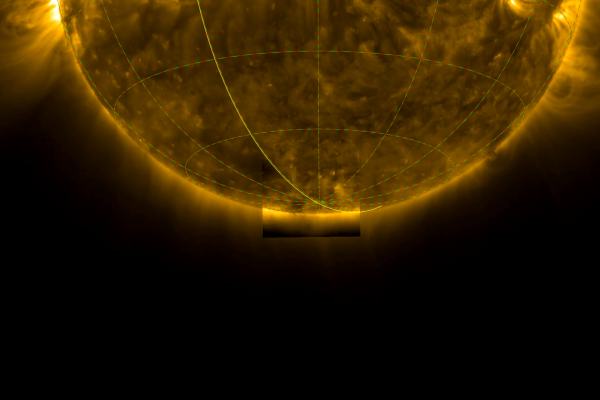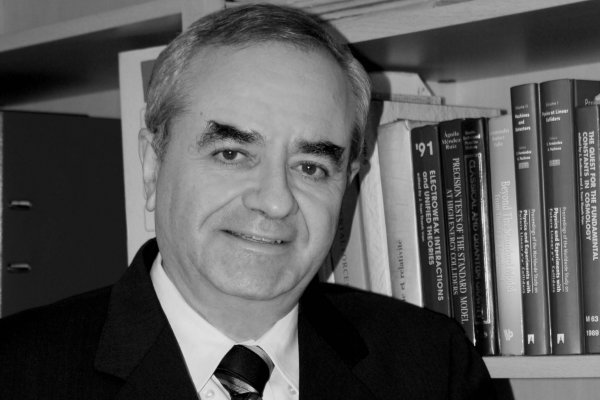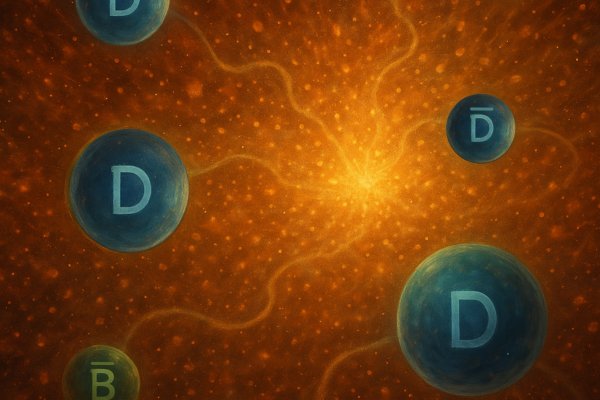The LHCb experiment from LHC at CERN has reported today the discovery of a new particle known as "pentaquark". A paper has been sent to the scientific journal Physical Review Letters on behalf of the international collaboration composed by researchers from University of Barcelona (UB), University "Ramón Llull" (URL), the University of Santiago de Compostela (USC), and the Institute of Corpuscular Physics (IFIC,CSIC-UV).
To Eugeni Graugés from ICCUB, "this result is important in order to validate quantum chromodynamical (QCD) models since it confirms the existence of bounded states with a content of five quarks. It is as if a meson (2 quarks) and a baryon (3 quarks) could form a bounded state. It is similar to atoms forming molecules".
Eventhough QCD theoretical models allowed for the presence of particles formed by four quarks and an antiquark (currently named pentaquarks), it has not been until the date that contundent evidences of their existence could be provided.
The next step of the research is to determine which are the mechanisms that make the quarks to be united. Scientists are considering on one hand the action of strong forces between quarks, and on the other hand the possibility of weak interactions being the responsible of producing a kind of "meson-baryon" molecules.
More studies will need to be conducted in order to discriminate between the two possibilities. Researchers expect to achieve rellevant progress in this direction through the data compiled by LHCb during the second run of the LCH.
More information and contact:
Eugeni Graugés. Grupo LHCb en la Universidad de Barcelona.
grauges@ecm.ub.edu // 93 403 91 90
Juan Saborido. Responsable grupo LHCb Universidad de Santiago de Compostela.
juan.saborido@usc.es // 881 81 41 09 // 629 96 60 03
Fernando Martínez Vidal. Grupo LHCb en el Instituto de Física Corpuscular.
fernando.martinez@ific.uv.es // 96 354 35 39 // 675 23 92 55



